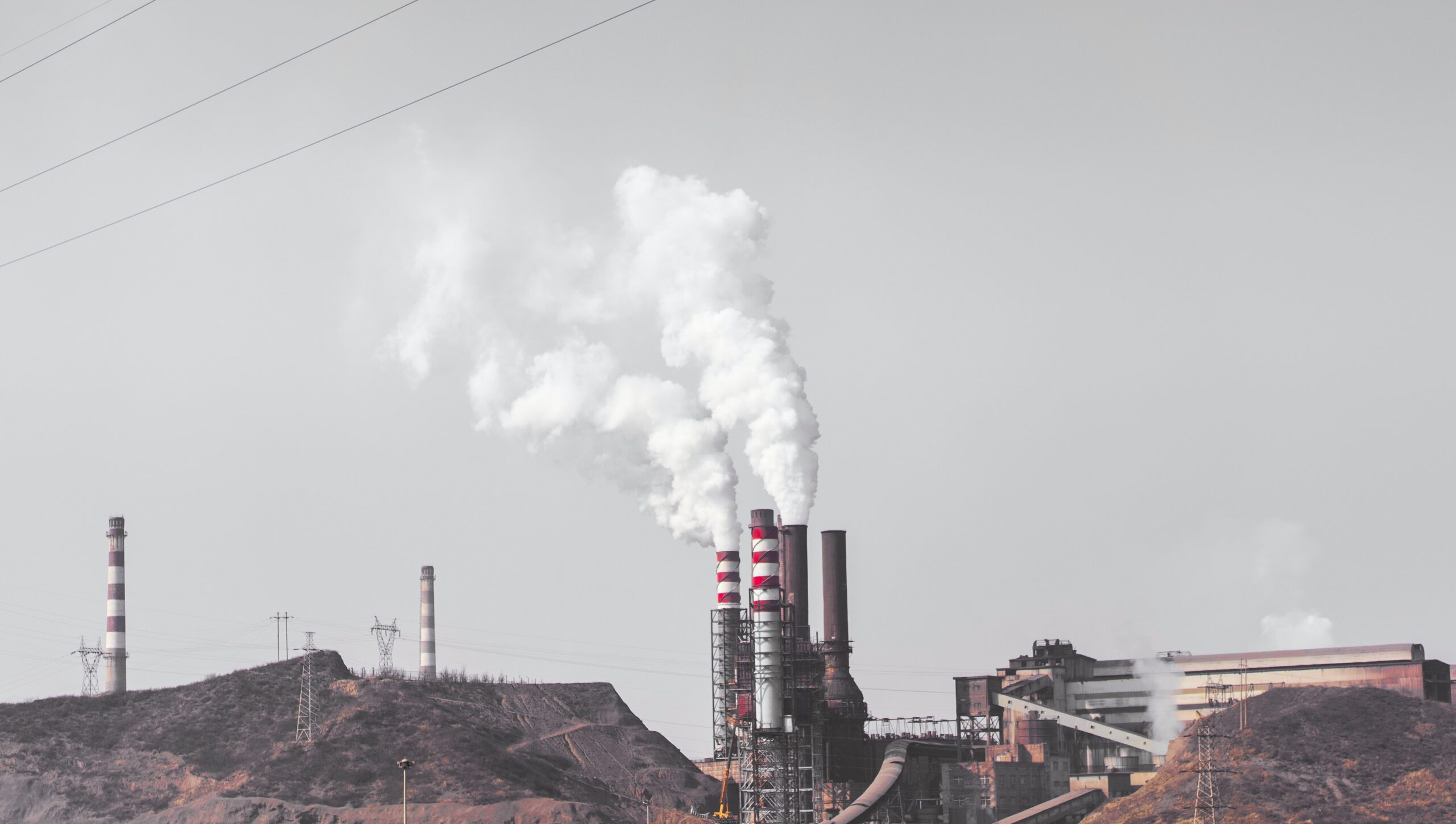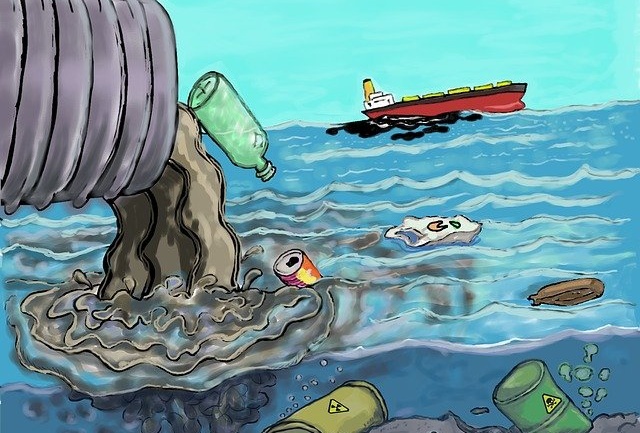By Marissa Goldberg, Staff Writer for Save The Water™ | February 6, 2016
Introduction
There’s a certain stigma around the designation of a Superfund to a contaminated site.6 Imagine driving through your hometown past your neighborhood factory, only to find it has been permanently closed down and swarming with federal researchers donning hazmat suits. The town speculates out of sheer anxiety and desperation, and now nobody thinks the water running down from the tap is safe anymore. In reality, the Columbia Falls Aluminum Company contamination site was deemed significant enough to warrant a federal cleanup program that shoots the site to the top of the priority list.
According to the Environmental Protection Agency (EPA), the Superfund law grants it the authority to clean up significantly-contaminated sites with the ultimate goal of reverting them to productive and safe use.3 Critics state that the designation negatively impacts property values in the surrounding areas, as developers and potential residents steer clear of a so-called “toxic” area. Can you blame them?
The Columbia Falls Aluminum Company (CFAC) is now contending with this possibility, and it’s putting up quite a fight. CFAC’s corporate secretary Cheryl Driscoll stated that a Superfund designation does not always result in an expedient cleanup, and “prevent[s] others from seeking to redevelop the site and thus potentially limit[s] economic growth”. 6 But after the Anaconda Aluminum Co Columbia Falls Reduction Plant (also referred to as Columbia Falls Aluminum Company Plant) closed its doors in the spring of 2015, the EPA proposed its addition to the National Priorities List. If granted, the plant would be eligible for further study and cleanup under the federal Superfund program.
The plant, located near Columbia Falls, Montana, covers almost 1,000 acres north of the Flathead River region. The Flathead River is home to the bull trout and west slope cutthroat trout, both of which were federally designated as a threatened and/or sensitive species.2
The Columbia Falls Aluminum Company Plant operated for almost six decades from 1955 to 2009. The production process of aluminum involves refining bauxite, an aluminum ore, into aluminum oxide. The aluminum oxide goes through a smelting process, which results in a final aluminum metal product that is then available for use in transportation, packaging, and construction. A known byproduct of the aluminum smelting process is spent pot liner material, federally classified as hazardous waste. The material is known to contain hazardous compounds, including cyanide, that may leach into groundwater and surrounding areas.4
Problem
The aluminum smelting process is ideally well-controlled and contained, given the hazardous waste it produces during the production process and the dangers that this may pose to the surrounding environment and its inhabitants. The trouble started when the EPA’s initial site evaluation indicated various levels of contamination, including the presence of cyanide, fluoride, and other various metals in the plant’s surrounding groundwater and surface water.4
Not only does this pose a significant threat to the quality of water in the contaminated area, but further implications exist when one considers the possibility of leaching into the Flathead River. One obvious issue is that the river houses two threatened species of trout. We have an environmental and moral obligation to protect species from threats of endangerment and extinction, and this extends to the certification of water quality in which these species reside. Additionally, the human species may also endure unnecessary and unintended danger during the consumption of other fish that may live in the Flathead River. Food production is a global activity with far-reaching effects, and a threat in any stoppage of the food chain is significant.
Solution
The EPA and the CFAC have reached an agreement to address the site contamination.4 The agreement is “backed by a $4 million irrevocable letter of credit put up by the [CFAC],” with planning to commence immediately.5 The agreement mandates that the current owner of the plant, CFAC, conducts a thorough investigation of soils, river sediments, groundwater, and surface water in order to determine the “nature and extent of contamination”.2 The agreement further stipulates that CFAC is responsible for reimbursing the EPA for any future costs associated with overseeing the investigation project.
EPA Project Manager Mike Cirian noted that the entire project spans approximately four years; the remedial investigation and feasibility study of the contaminated site serve to determine a plan for actual cleanup, “which falls under a judicial consent decree”.5
Action
In times of crisis, action must be swift, sensible, and focused. The Columbia Falls Aluminum Company Plant closed its doors for good early last year. Due to the environmental and social implications of water contamination found at the site of the plant, it was determined eligible for long-term remediation under the federal Superfund program. However, Cirian stated that a decision on whether or not the plant will be granted formal designation of a Superfund is not expected until late 2016.1
The Columbia Falls Aluminum Company Plant site contamination emphasizes the importance and relevance of water quality and environmental responsibility that we encounter every day. Not only do we have a societal obligation to research, control, and eliminate any hazardous waste from the contaminated site, but we have a corporate responsibility to conduct business in such a way that environmental hazards are given as much consideration as effects to a company’s bottom line. Only when we consider our environment as important as our balance sheet will we truly foster a safe and healthy society.
References
- Associated Press. “EPA delays Superfund decision on Columbia Falls aluminum plant.” Billings Gazette. 27 Jan. 2016
- Devlin, Vince. “Glencore reaches agreement with EPA for Columbia Falls cleanup” Missoulian. 1 Dec. 2015.
- Environmental Protection Agency. EPA Proposes Columbia Falls Aluminum Plant Site for Superfund Designation (Montana). Newsroom. Environmental Protection Agency, 24 Mar. 2015
- Environmental Protection Agency. Final agreement to study contamination at Columbia Falls aluminum plant site (Flathead County, Mont.). Newsroom. Environmental Protection Agency, 30 Nov. 2015.
- Peterson, Chris. “EPA, CFAC reach deal on investigation study.” Hungry Horse News. 30 Nov. 2015
- Scott, Tristan. “Superfund: Success Story or Stigma?” Flathead Beacon. 31 Mar. 2015. Retrieved from http://flatheadbeacon.com/2015/03/31/superfund-success-story-or-stigma/





